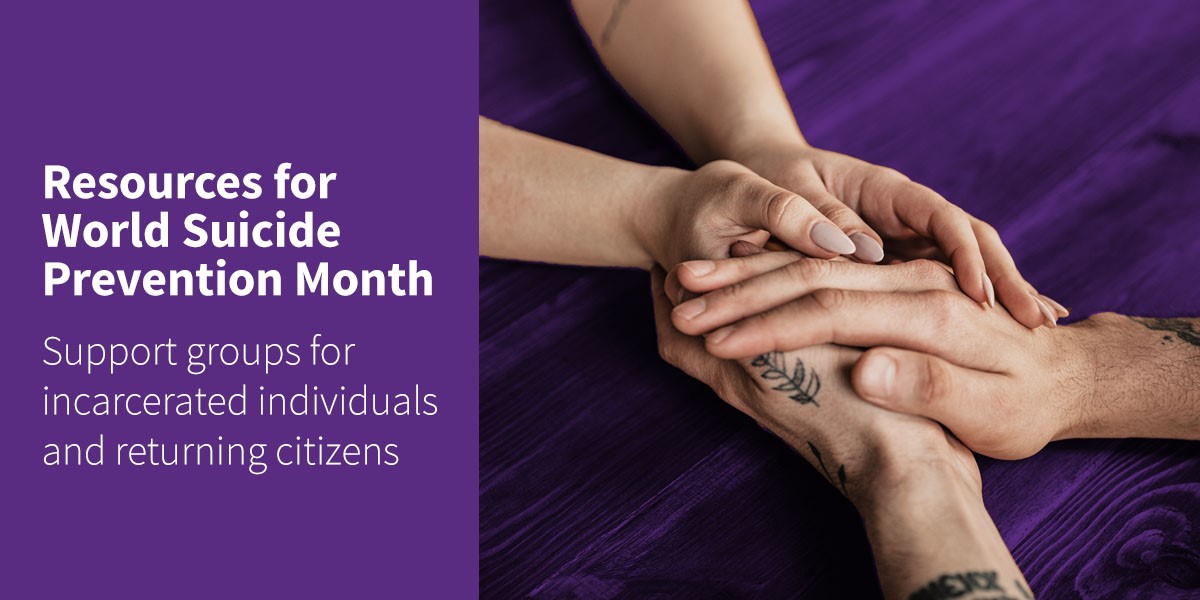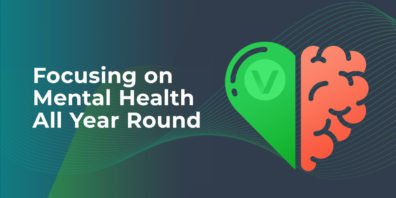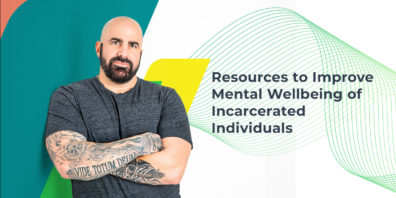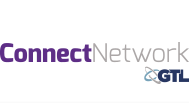Recognizing Suicide Prevention Month – How Technology Can Improve Mental Health and Decrease Suicides in Correctional Facilities
septembre 09, 2020
September is National Suicide Prevention Month—a time to share resources and stories to shed light on a highly taboo and stigmatized topic. Suicidal thoughts can affect anyone regardless of age, gender, or background and are often the result of an untreated mental health condition.
According to the Centers for Disease Control and Prevention, nearly 800,000 people die by suicide each year, including 48,000 Americans. Mental illness does not discriminate based on location—in fact, over 55% of incarcerated individuals suffer from mental illness, and there are more individuals with mental illness in correctional facilities than in psychiatric hospitals.
Incarceration is the lowest point in the lives of many, and the Bureau of Justice Statistics reports that suicides accounted for 4% (federal prisons) and 7% (state prisons) of deaths in custody from 2001—2014. However, suicides are the leading cause of death at local jails, accounting for over 35% of deaths in 2014. This rate is far higher than the national average, making suicide ideations and attempts among incarcerated individuals a national crisis.
At GTL, we provide resources and support to those affected by incarceration. As part of that, our GTL tablets include applications that promote a positive attitude and increase morale by providing individuals the opportunity to read books, watch movies, listen to music, play games, take educational courses, read religious texts, and meditate. We also provide a free weekly communication, phone call or messages depending on the facility, to increase connection between incarcerated individuals and their loved ones. A trusted support network can help to boost morale and improve the mental health of incarcerated individuals.
Facilities that have deployed GTL tablets have noted decreases in suicide attempts and ideations, as well as decreases in inmate-on-inmate violence, inmate-on-staff assaults, and behavior code violations. At one facility, the introduction of GTL tablets dropped the facility’s suicide ideation and attempt rate. The Peace Education Program from The Prem Rawat Foundation helps improve mental health and well-being by renewing a sense of purpose in participants. Breaking Free from Substance Abuse assists individuals in achieving and maintaining recovery from dependence on over 70 different substances.
Outside of correctional facilities, there are many resources available for returning citizens suffering from mental health issues.
- Give an Hour is a national network of professionals who volunteer their time to provide free and confidential mental health care to specific populations, increasing the likelihood that those in need receive the support and care they deserve.
- Mental Health America is the nation’s leading community-based nonprofit dedicating to addressing the needs of those living with mental illness and promoting the overall mental health of all Americans.
- The National Alliance on Mental Illness builds better lives for the millions of Americans affected by mental illness by educating, advocating, listening, and leading.
- The Substance Abuse and Mental Health Services Administration leads public health efforts to reduce the impact of substance abuse and mental illness on America’s communities.
- The Trevor Project provides crisis intervention and suicide prevention services to lesbian, gay, bisexual, transgender, queer, and questioning (LGBTQ) young people under 25.
- Vets Journey Home helps veterans with emotional issues stemming from military service.
If you or someone you know is in an emergency, call the National Suicide Prevention Lifeline at 800-273-TALK (8255) or 911 immediately.
Posted In: Blog



